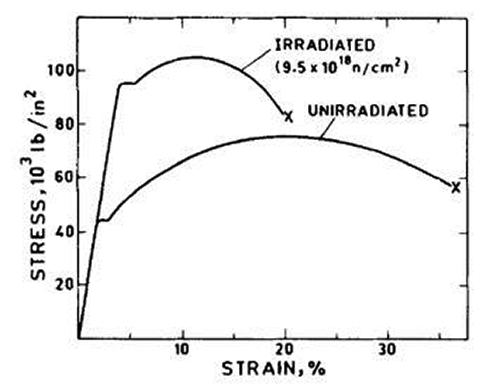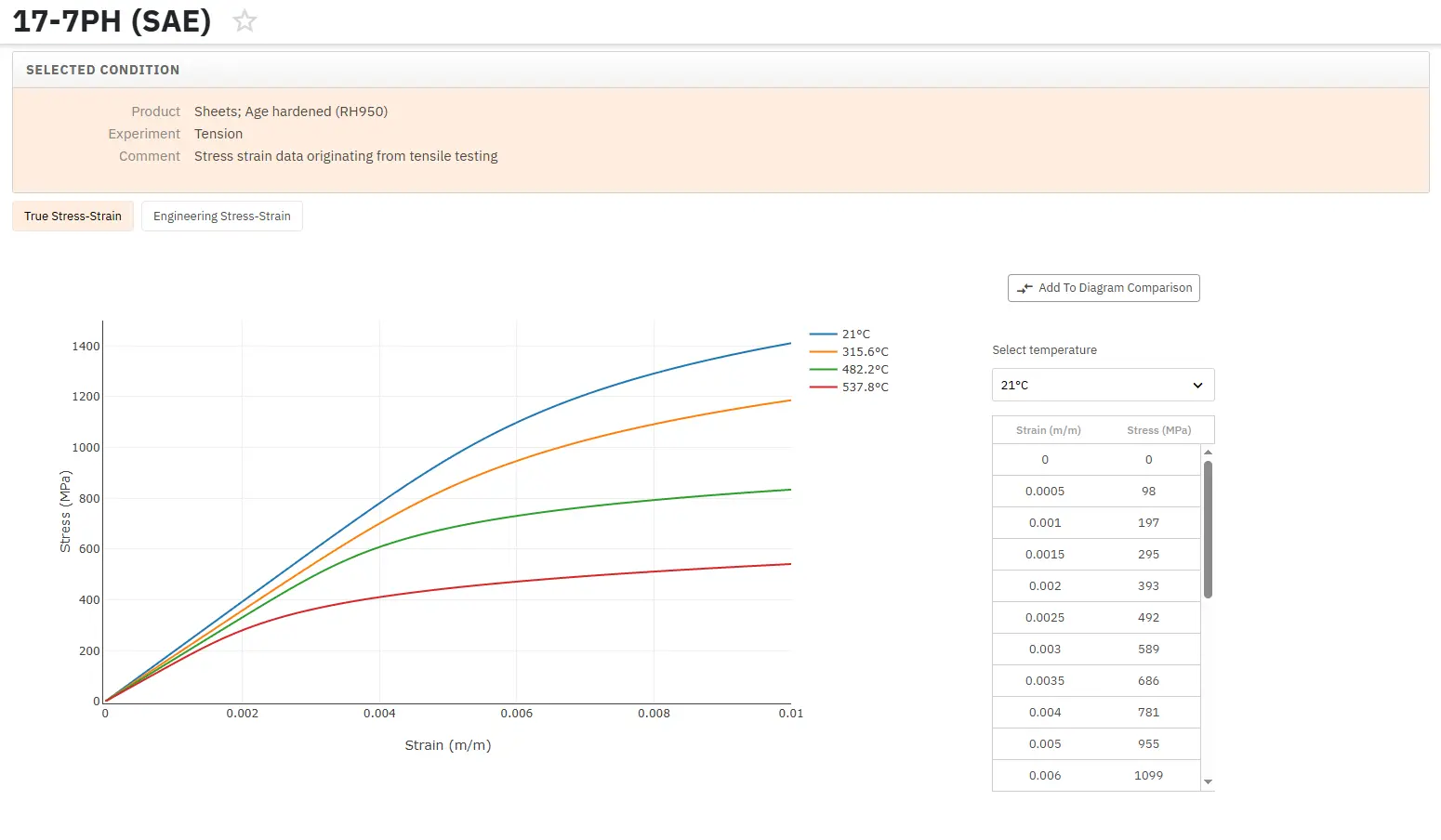Irradiation Effects in Nuclear Materials: Part Two
Abstract
Structural materials used in nuclear applications have a critical role to play in ensuring the safety and integrity of the construction and associated maintenance.
Neutron is one type of irradiation that can have an effect on the mechanical behavior of a material and this may include an increase in yield strength and UTS through irradiation hardening and a decrease in work hardening rates.
As an important option for clean energy, advanced nuclear fission and nuclear fusion energy have received extensive attention nowadays and are under active development. One of the grant challenges in continued utilization of nuclear energy systems is to design radiation-tolerant structural materials. For this purpose, understanding irradiation effects in materials at the electronic and atomic scale is extremely important.
The radiations of concern here include charged particles such as electrons (beta particles), protons, alphas and fission fragment ions, and the neutral radiations including photons (gamma and X rays) and neutrons.
Nuclear radiation studies of damage and damage mechanisms have shown that, in general, the strength of a metal is affected only by the heavy particles - particularly the fast neutrons — while the light particles and ionizing radiations contribute only heat to the metal.
The subject of radiation effects in materials is a vital area of relevance to reactor engineering as well as a large field for basic materials research. In the paper of P. Rodriguez, R. Krishnan, C. V. Sundaram is discussed neutron irradiation effects in a nuclear reactor environment in structural materials. Two effects are known to occur in non-fissile materials in the intense neutron environment of a nuclear reactor. One is the extensive displacements of the atoms from their lattice sites due to elastic interactions with the impinging neutrons. The second is the formation of impurity atoms in the materials by transmutation reactions. Both these effects, the displacement of atoms from their lattice sites and the consequent production of various types of defect structures as well as the production of impurity atoms due to transmutation reactions can influence important macroscopic properties like strength, ductility and dimensional stability which are the most important features for the practical application of the structural materials.
The general effects of neutron irradiation on the mechanical behaviour are:
- an increase in the yield strength (irradiation hardening);
- an increase in the ultimate tensile strength which is less strong than the increase in the yield strength;
- a decrease in the rate of work hardening;
- a reduction in the uniform and total elongations.
These effects are illustrated in the typical example for mild steel given in Figure 1.

Figure 1: Change in room-temperature tensile properties of mild steel produced by neutron irradiation
The strengthening or irradiation hardening is caused by microstructural defects introduced by irradiation. In pure metals, the impediment to dislocation motion must originate directly from radiation-induced lattice defects whereas in alloys, indirect effects like radiation-induced precipitation are also possible. The defects introduced by irradiation can vary from single vacancies and interstitials of one atom diameter size to voids and helium bubbles as large as 3 to 30,1m in diameter or higher. The primary defects generated are point defects (interstitials and vacancies). At low temperatures, where the mobilities of these defects are limited they combine to form multiple point defects, for example di-vacancies, tri-vacancies etc., or clusters of point detects or complexes with solutes which are a few atom diameter in size. As the irradiation temperature increases, planar defects like the depleted zones which can even collapse into planar vacancy clusters and vacancy loops form. At temperatures between 0.1 to 0.3Tm (Tm is the melting point in K) the interstitials are mobile and they can annihilate by combining with immobile vacancies; annealing of interstitials at vacancy loops and other sinks also occur. Interstitials also agglomerate to form clusters of interstitials. At still higher temperatures between 0.3 and 0.5Tm, the vacancies also become mobile which cause their annihilation by recombination with interstitials; annealing of both interstitials and vacancies at various sinks like loops, dislocations etc. also take place, the interstitial clusters further agglomerate to form interstitial type dislocation loops while an excess concentration of vacancies is produced which coalesce to form voids. Around and above 0.5Tm volume diffusion becomes possible and if helium has been released as a transmutation product helium bubbles form.
Austenitic stainless steels (SSs) are used extensively as structural alloys in the internal components of light water reactor (LWR) pressure vessels because of their relatively high strength, ductility, and fracture toughness. Fracture of these steels occurs by stable tearing at stresses well above the yield stress, and tearing instabilities require extensive plastic deformation. However, exposure to neutron irradiation for extended periods changes the microstructure (radiation hardening) and microchemistry (radiation-induced segregation or RIS) of these steels and degrades their fracture properties. Loss of fracture toughness due to radiation embrittlement was not considered in the design of LWR core internal components constructed of austenitic SSs, but it has been considered in addressing nuclear plant aging and license renewal issues. In addition, dimensional changes due to void swelling and stress relaxation due to radiation creep are other aging degradation processes that affect LWR core internal components exposed to fast neutron radiation, and need to be considered in addressing plant aging issues.
Access Thousands of Stress-Strain Diagrams Now!
Total Materia Horizon includes a unique collection of stress-strain curves of metallic and nonmetallic materials. Both true and engineering stress curves are given, for various strain rates, heat treatments and working temperatures where applicable.

Get a FREE test account at Total Materia Horizon and join a community of over 500,000 users from more than 120 countries.